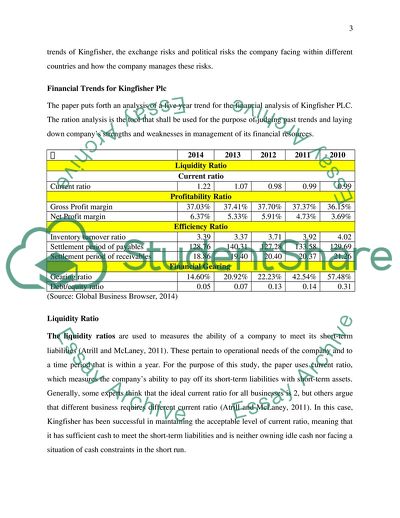Cite this document
(Global running and risk management of Kingfisher Plc Essay, n.d.)
Global running and risk management of Kingfisher Plc Essay. https://studentshare.org/finance-accounting/1831511-global-running-and-risk-management-of-kingfisher-plc
Global running and risk management of Kingfisher Plc Essay. https://studentshare.org/finance-accounting/1831511-global-running-and-risk-management-of-kingfisher-plc
(Global Running and Risk Management of Kingfisher Plc Essay)
Global Running and Risk Management of Kingfisher Plc Essay. https://studentshare.org/finance-accounting/1831511-global-running-and-risk-management-of-kingfisher-plc.
Global Running and Risk Management of Kingfisher Plc Essay. https://studentshare.org/finance-accounting/1831511-global-running-and-risk-management-of-kingfisher-plc.
“Global Running and Risk Management of Kingfisher Plc Essay”. https://studentshare.org/finance-accounting/1831511-global-running-and-risk-management-of-kingfisher-plc.


